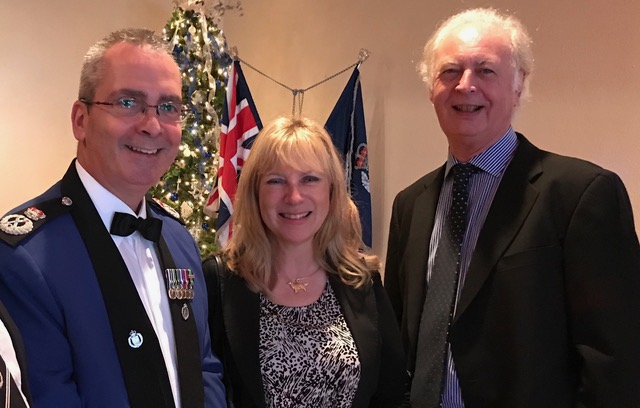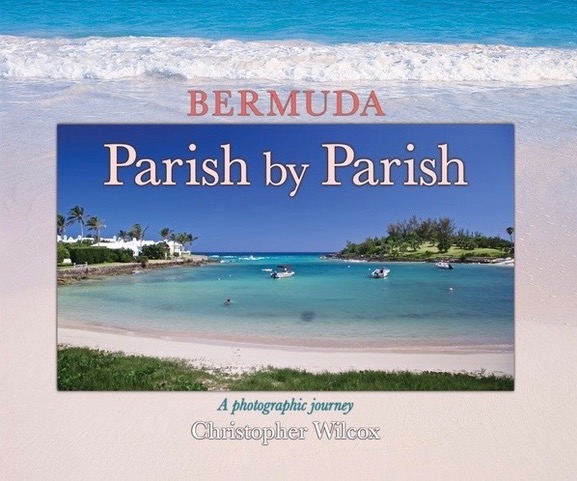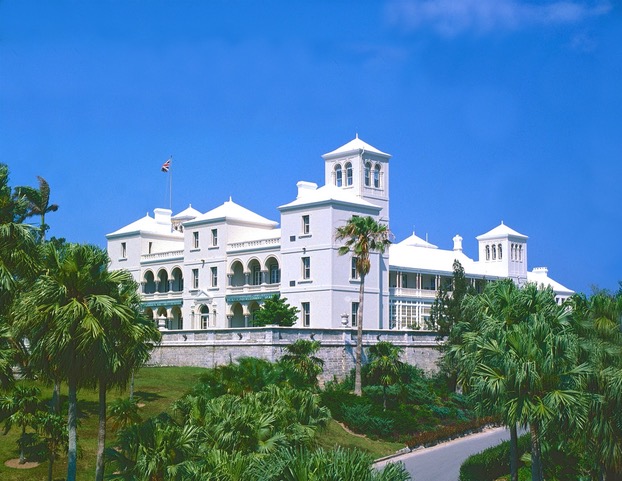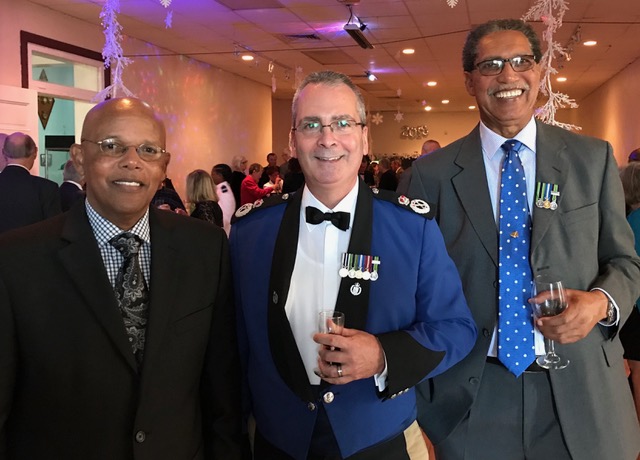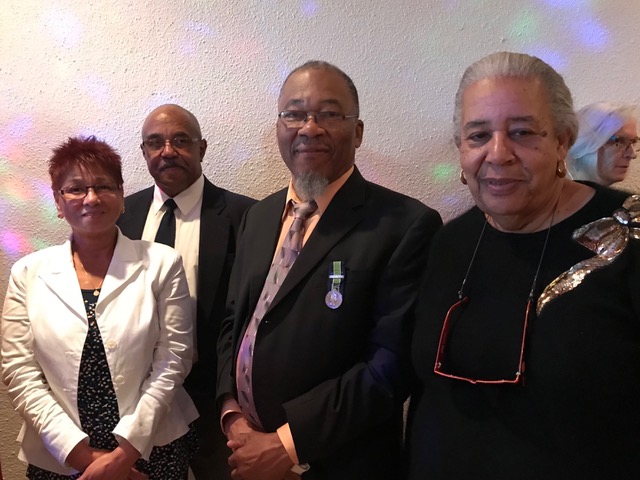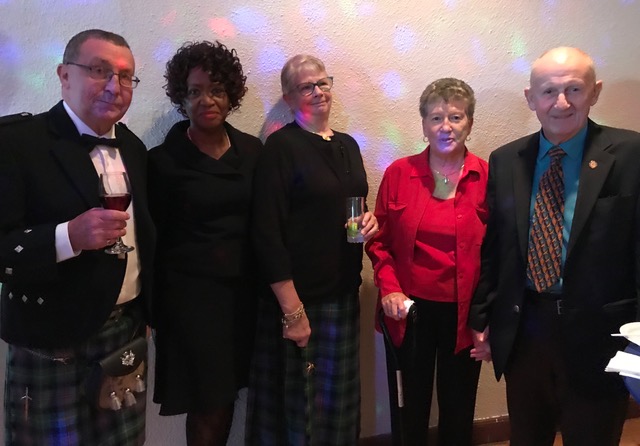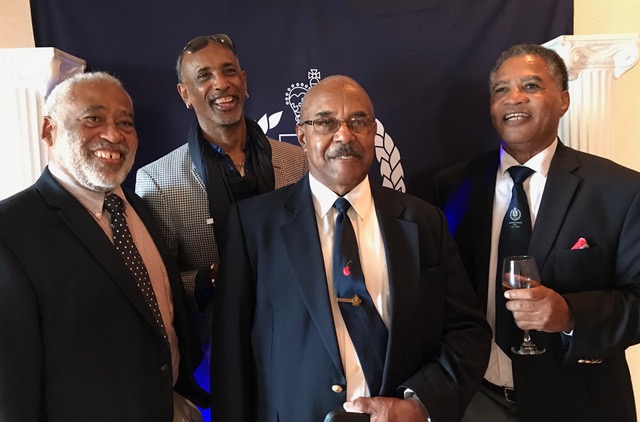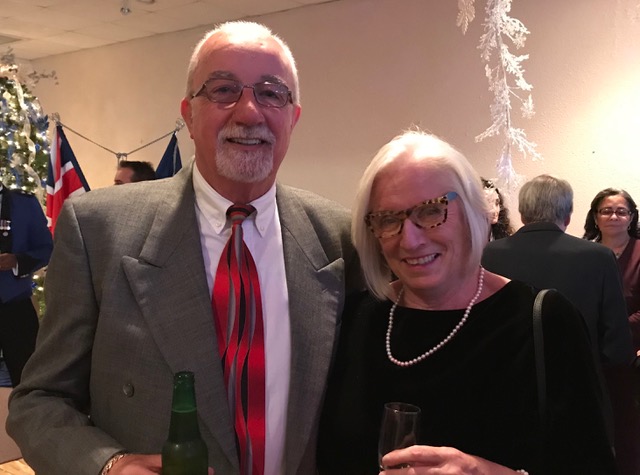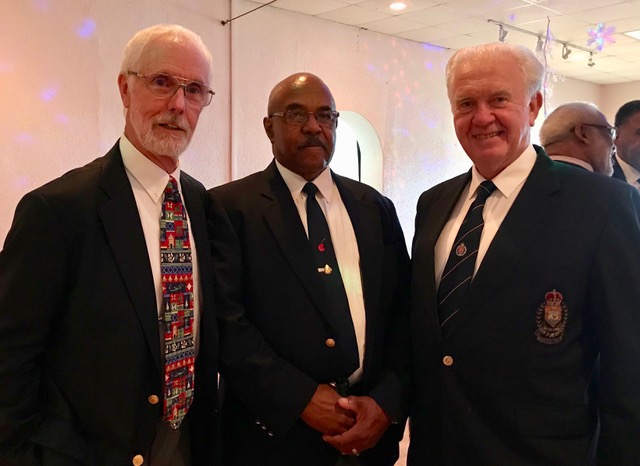Alan and Agness Waddicor
The Royal Gazette published a beautiful Letter to the Editor on 20th November 2017 written by one of our former police officers, John Swift, about the great generosity of a wonderful couple who settled here in Bermuda and made a tremendous contribution to their adopted country The couple were Alan Waddicor and his wife Agnes. You can view the letter in the Royal Gazette at http://www.royalgazette.com/letters-to-the-editor/article/20171122/waddicors-embody-spirit-of-christmas
Alan had served in the Royal Navy during the War, and in 1953 he applied for and was accepted as a constable in the Bermuda Police. He arrived here after first attending the Police Training College at Mill Meese in Staffordshire. Unfortunately, records of most of the officers recruited in the early 1950's have been lost, including Alan's but an old friend of his, George Hammond, recalls that just before Alan left the Force in the early 1960's he had been promoted to Sergeant and was working at Operations.
We would be delighted to hear from anyone who could provide us with more details about Alan's time in the Bermuda Police.
Devonshire 19.11.2017
Dear Sir,
Through your Letters To The Editor I would like to share with you and your readers what I truly believe is a wonderful Bermuda Christmas Story.
In 1953 Alan Waddicor arrived in Bermuda to join the Bermuda Police Service.
Having served in the Royal Navy during the war it is understandable that he would be drawn to a career outside Darwen in the North of England where he was born. He soon settled into the Bermuda life so much so that, when in 1957 he returned to England to marry the love of his life Agnes, he was eager to tell her about the beauty of his new island home and to persuade her to make a life with him here.
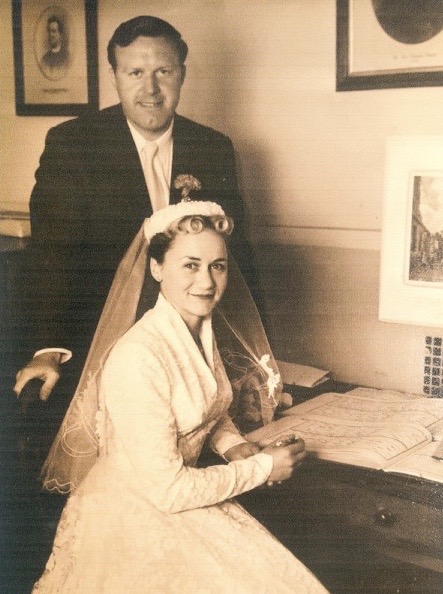
A photograph taken as the couple left the Parish Church in Darwen showed Alan & Agnes walking through an archway of flags held by girl guides. That was a tribute to their leader Agnes. From an article in the local newspaper which said “Darwen’s loss is Bermuda’s gain”, it is clear that Agnes Waddicor was well respected for her work with the Girl Guides.
Following the reception, the couple travelled to Southampton and boarded a ship bound for New York. Thus began their new adventure together heading to Bermuda via New York. Although Alan had talked a lot about Bermuda, Agnes boarded the ship as a new bride with some trepidation.
On arriving here the couple soon settled down to a new life. Agnes was for most of her working life employed by the Gibbons group of companies. Alan continued in the Police Service, but later ventured into the private sector working at the BGA Group, where he was highly respected.
With the huge support of her husband, Agnes soon restarted her involvement with the Girl Guides but this time forming a Sea Rangers Unit. The success of her endeavours was clearly evident earlier this year at the Guides “Thinking Day” service at the Cathedral. There a large group of ladies who had been girls in the Sea Rangers gave a wonderful tribute to Agnes Waddicor.
Regrettably Alan Waddicor passed away in May 2013 and it is very sad that he and Agnes never had children. Mind you their devotion to helping and working with the Girl Guides played a large part of their life together. I am sure they looked at the Guides as members of their family.
Agnes continued living in their own home with the help of a live in care giver after Alan died, but in December last year she succumbed to a lengthy illness. The last twelve months of her productive life were spent at the Westmeath Residential Home where the wonderful staff cared greatly for Agnes.
As executor for the estate of Alan & Agnes Waddicor I can honestly say that it has been a honour to have known them as friends and a privilege to have been asked to help them through their final years together. It is abundantly clear that the late Alan & Agnes Waddicor loved Bermuda. When I tell you that the Girl Guides Association topped the list of ten charities that received a combined total of $370,000.00 from the estate, that love is clearly shown.
The other charities were the Salvation Army, SPCA, P.A.L.S., Society For The Blind, Bermuda Red Cross, Meals On Wheels, Age Concern, The Aquarium and the Focus Counselling Services.
This amazing story does not end here, as just a few days ago I had the greatest of pleasure in going to Private Schools and presenting cheques for a total of $750,000.00 and closed the Waddicor Estate. Those cheques will surely make a huge difference and here I must quote from the wills made by Alan & Agnes Waddicor - “for the express purpose of providing scholarships for students in financial need wishing to enter the school or already enrolled at the school, such scholarships being awarded in memory of Alan & Agnes Waddicor”. Had Alan & Agnes seen the reaction of the various Head Teachers they would have been thrilled. They would also have been thrilled with the knowledge that their generosity will go a long way to helping many families.
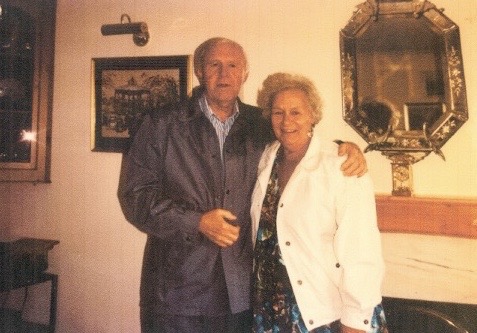
As we celebrate Christmas this year with our families let us please not forget that we are all members of one larger wonderful Bermuda family. Whether we are born here or came here to live and work, let the lives of the late Alan and Agnes Waddicor be an example to all of us.
John Swift JP
29th January 2018
We have just received the following email from former Sergeant Geoff Hunt who worked with Alan Waddicor back in July 1961 when Geoff first came out to Bermuda as a new recruit and Alan was his Sergeant in Hamilton:-
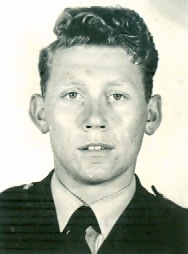
Haven't checked your police website for some time as Olive is having problems following her stroke a few years ago - so I am somewhat preoccupied with that.
Just had no.1 son over from the States to check on us both!
So sorry to hear of the deaths of ‘Shakey’ Johnson and Ian Scotland. I shared a patrol car with ‘Shakey’ and he played the organ at our wedding almost 56 yers ago. I remember Ian as a fine squash player.
Alan Waddicor was my sergeant when I first served in Hamilton in July 1961. As he and Agnes came from Darwen, Lancashire, we had a close affinity and I got to know Agnes from her work with the Guides. Alan (along with John Cafferkey) taught me to play squash at Prospect and he also initiated me into Freemasonry in Garrison lodge where he was an efficient Director of Ceremonies. Garrison was an Irish lodge and I affiliated with Broad Arrow as it was an English lodge, and was installed as Worshipful Master in 1971 - the year I had to prematurely return to the UK.
I visited Agnes in Westmeath care home with John Swift about 18 months ago but she was unable to recognise me then. Very sad.
On my first night in Hamilton I was put on guard duty at Government House and during the night received a visit from Alan and his driver, Harold Moniz, but they couldn't find me at first as I had climbed the rubber tree outside the guardroom which I felt was a good "observation post". Stern words from Alan but I could see that they were both quite amused!
Several years after returning to the UK we were travelling to Blackpool via the Lancashire Fylde when we decided to stop at a very nice country pub for lunch. I went to put some comments in the visitors book and found that the previous entry was Alan and Agnes Waddicor from Bermuda. Small world eh?
After our return our contact was only through Christmas cards but Agnes always put a letter with it to let us know what was going on over there.
Thank you for keeping everyone reminded of pleasant times past.
All good wishes,
Geoff.
